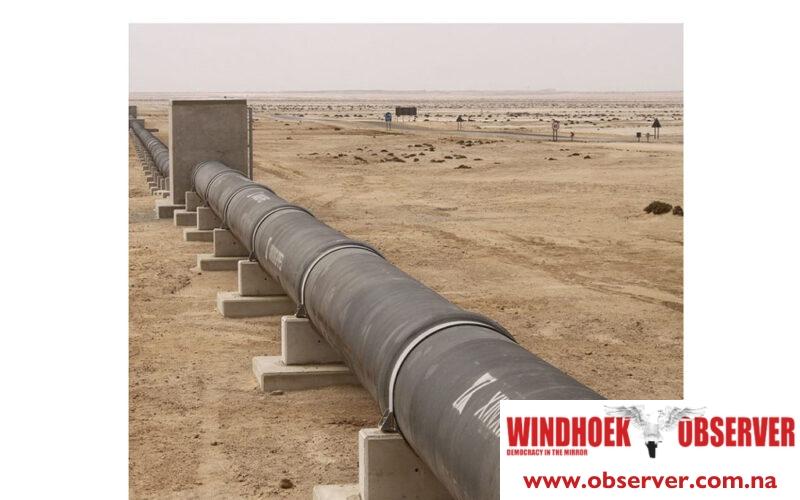CHAMWE KAIRA
Paladin Energy is expecting to achieve a production run rate of 6 million pounds per annum at the Langer Heinrich Mine in the Erongo region by the end of the 2025 calendar year.
The mine produced 826 346 pounds of uranium oxide in the 2025 financial year as of 31 October.
The company said production to 30 October 2024 has been lower than planned, primarily due to ore grade variability in the stockpiled ore processed and disruptions to the supply of water from NamWater.
“A planned two-week shutdown is being undertaken to allow for various improvements and operational upgrades, including refilling of the water storage facilities. Additional water recovery equipment is being installed, water optimisation studies are underway and various debottlenecking projects are in progress to increase plant throughput,” the company said in its 2024 annual general meeting report.
Langer Heinrich Mine revised production guidance for 2025 is 3 to 3.6 million pounds of uranium oxide.
The company said all customer delivery obligations to date have been met.
It added a world-classs offtake contract book with 10 top-tierr industry customers. The uranium oxide was shipped to all three western converters the US, Canada, France as well as China.
Global decarbonisation and energy security, according to Paladin, are driving the strong demand for nuclear energy.
The company cited that nuclear energy is the second largest source of global clean energy with almost zero carbon emissions.
Nuclear energy provides nearly half of clean energy in the US.
During the COP28 and COP29 meetings, 31 countries, including the US, Canada, the UK and France, pledged to triple nuclear power capacity by 2050.
“Chinese utilities are expected to become the largest consumers of uranium by 2028,” the company said.
Paladin noted a 40 million pound supply-demand deficit for 2024.
It added that new mine development is required to meet base-case demand, and global utilities have uncovered requirements for over 1 billion pounds of uranium oxide over the next decade.
Paladin said other factors that will affect the market include the US ban on Russian supplies from 2028 and the fact that 60% of European supply is sourced from Kazakhstan, Russia and Niger, which face some political and economic challenges.
Paladin spent US$120 million on its restart project and money was allocated to plant refurbishment and debottlenecking to improve throughput, completed on time and within cost forecast.
Paladin said Langer Heinrich’s medium-term growth opportunities include plant capacity expansion, ore sorting technologies, and heap leaching opportunities.




